Directions for use
A 1:10 ratio with a 3-5 second dip is a good start for most cuttings. The ratio can be varied for the type of cutting or to suit the individual grower’s climate or growing conditions.
FAQ
1. What is the best dilution for Dip n Grow Rooting Hormone?
Every species/cultivar responds to hormone treatment in different ways. Ideally, every plant has an optimum hormone concentration range.
Because of the numerous species of plants, it would be impossible to determine a rooting hormone concentration curve for all plants. Some general guidelines for ratios are 1 in 5 for hard woods, 1 in 10 for medium woods and 1 in 20 for softwoods and succulents. The point is to find a good median range for the largest amount of plants being propagated, usually the 1 in 10 range. Too strong of a concentration may burn cuttings. If in doubt, a more diluent solution is best.
2. What is the shelf life?
If stored in its original container, Dip ‘N Grow is best used within 3 years of manufacture. Limiting exposure to sunlight and heat will help prolong the shelf life. Dip’N Grow has a tendency to darken over time without losing its effectiveness. Once diluted with water, Dip ‘N Grow should be used within a 10-12 hour period. Two things need to be done to make sure there is no contamination of the concentrate. One: never return the mixture to the concentrate. Two: never dip the cuttings in the original concentrate bottle.
3. The 5 Second dip rule?
Research has proven that a 5-second dip is equally effective as a 160-second dip in promoting root growth. Longer dips, such as a 320-second dip, actually decreased effectiveness.
4. Key factors that might affect success when propagating?
a) Air Temperature: When temperature rises, plant metabolism increases. Photosynthesis and respiration are temperature sensitive. As temperature rises, the rate of respiration tends to increase faster than photosynthesis, which may result in cuttings losing weight and possibly even dying. Rooting will be slow or success will be limited if temperatures are too low because the cuttings will not be metabolizing at a sufficiently rapid rate for optimum rooting. The system for controlling water loss by the cuttings can be reduced if enclosed in a plastic tent or greenhouse. With respect to rooting cuttings, the best procedure is to use the same air temperature that optimizes growth of that species. For most species, this is in the range of 64-90F° during the day and about 10F° lower during the night. Remember optimal air temperature will vary depending on if cuttings are rooted under sun, shade or humidity tent, mist or fog.(1)
b) Root Zone Temperature: Within a temperature range, root development increases as temperatures rise. At temperatures above 77F°, root formation was slowed and at 100F° root growth stopped. The concentration of IBA needed to induce root growth decreased as root zone temperature increased. Higher temperatures cannot replace the benefits of IBA but allow the product to work effectively at lower concentrations. Increasing the root zone temperature also increased the occurrence of rotting, but disease outbreaks can be reduced through strict sanitation procedures in the propagation area. Root zone temperature can be controlled thermostatically through recirculating water systems, heating pads, or heating cables.(1)
c) Light Levels: A common factor acting on cuttings is light stress, which can kill unrooted cuttings. The cuttings are stressed because of being cut from the plant and may remain so until they form roots. A way which may reduce stress is shading. Shading at around 50% is very common among propagators, but remember the need for shade can be different for different plants and timing of cuttings. Research suggests using lower light levels until root growth forms and then increasing the light to stimulate the new roots. It is best to balance out enough light to encourage photosynthesis, and growing environment that minimizes stress. The best way to decrease stress is with 50% saran shade cloth. Considerable evidence exists showing that direct light inhibits root emergence. So keep cuttings cool on top and warm below.(1)
d) Photoperiod: The length of day/night has long been known to influence plant growth. Many plants show bud break and shoot growth with longer photoperiods. Semi-hardwood or hardwood stage of growth are often more difficult to root. Longer photoperiods show an antagonism between flowering and rooting, so avoid rooting cuttings under photoperiods that promote flowering or dormancy. An increased growth improves the overwinter survival of cuttings after initial rooting takes place.(1)
e) Planting mediums: Most plants do well in a mixture of 2 parts coarse perlite to 1 part spagnum peat. Generally there is not a benefit to adding a fertilizer into the rooting medium until the roots have formed. A well drained growing mix is essential to avoid root rot of many cuttings.(2)

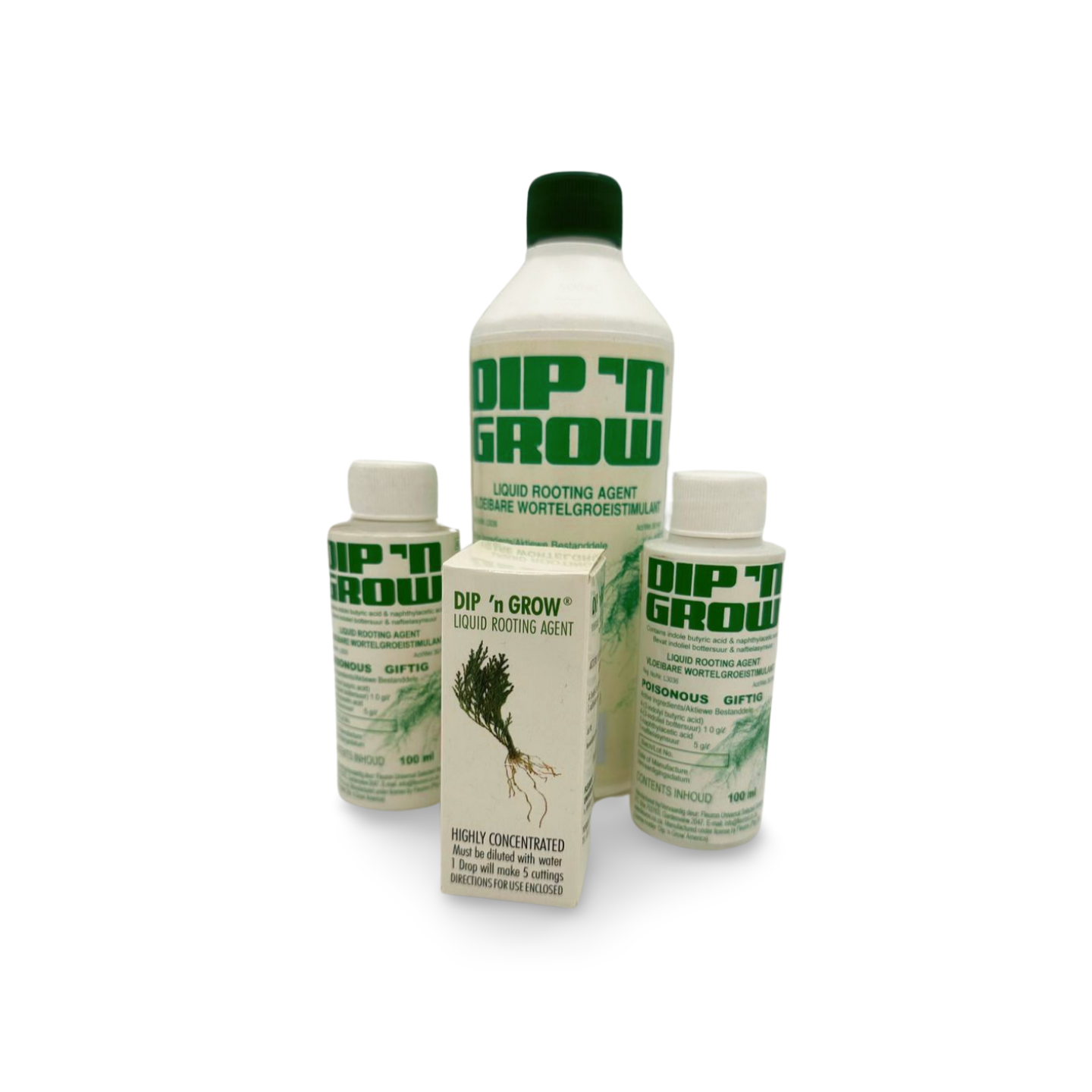
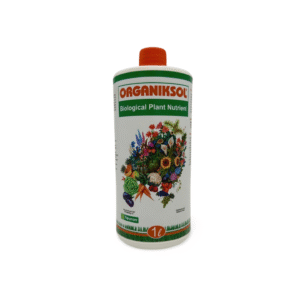

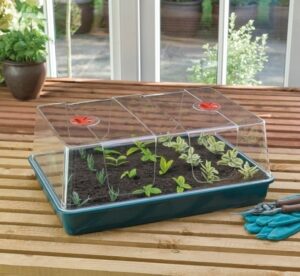
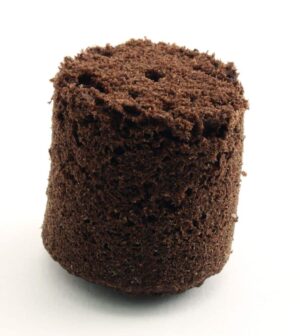
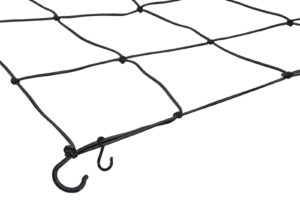

Reviews
There are no reviews yet.